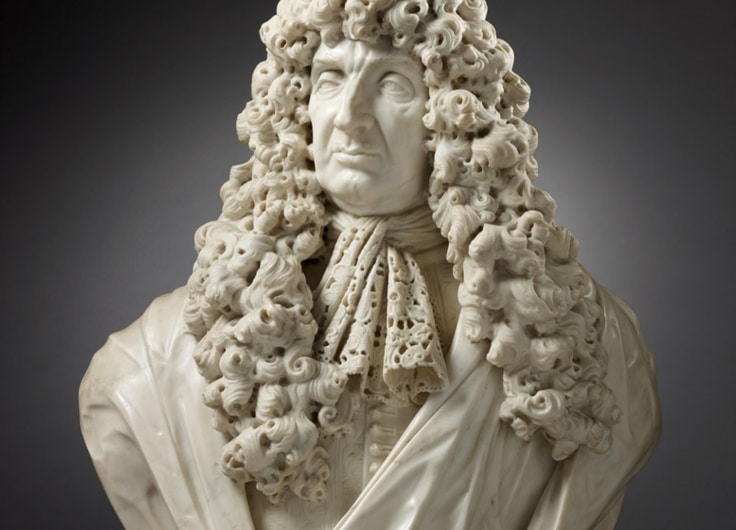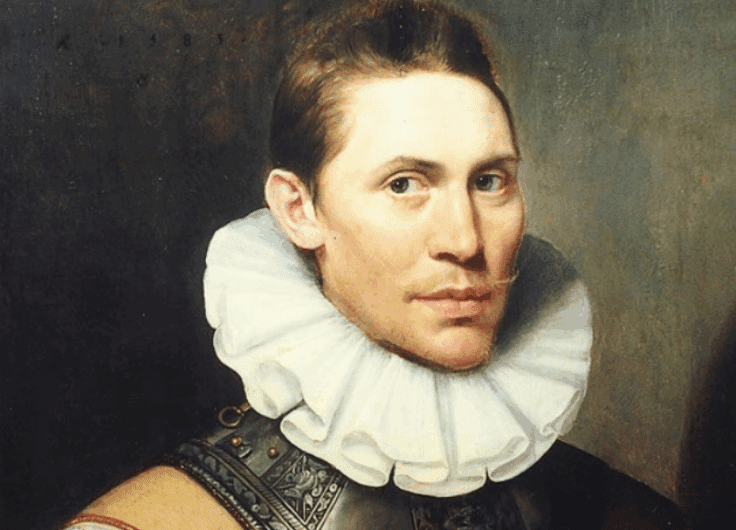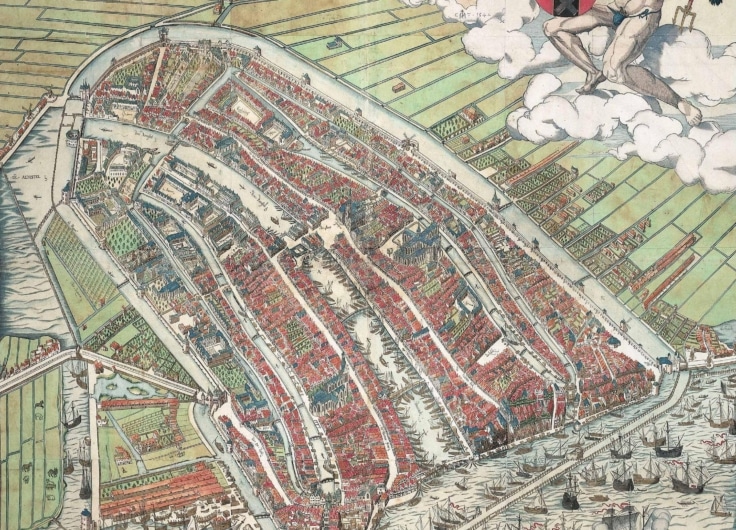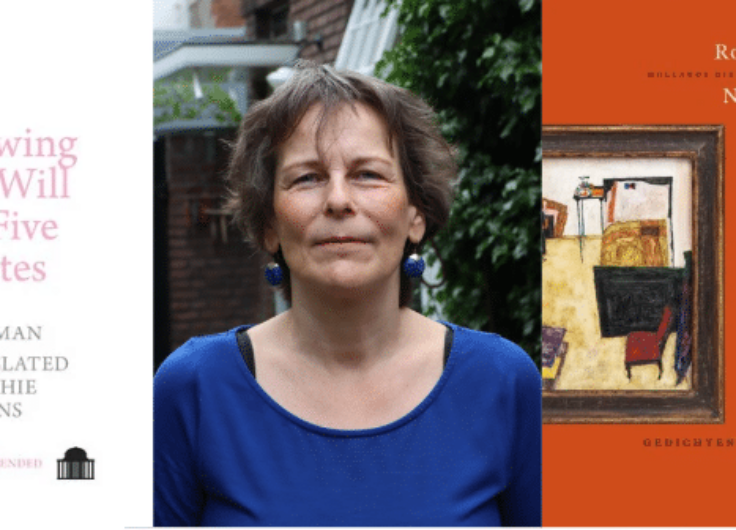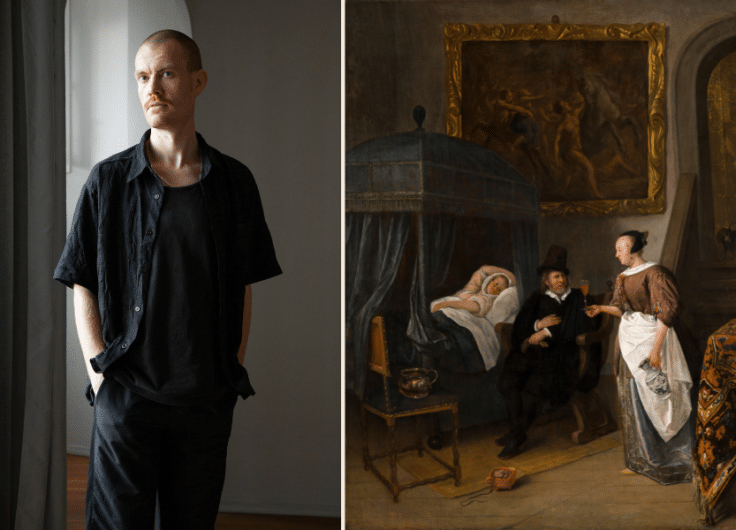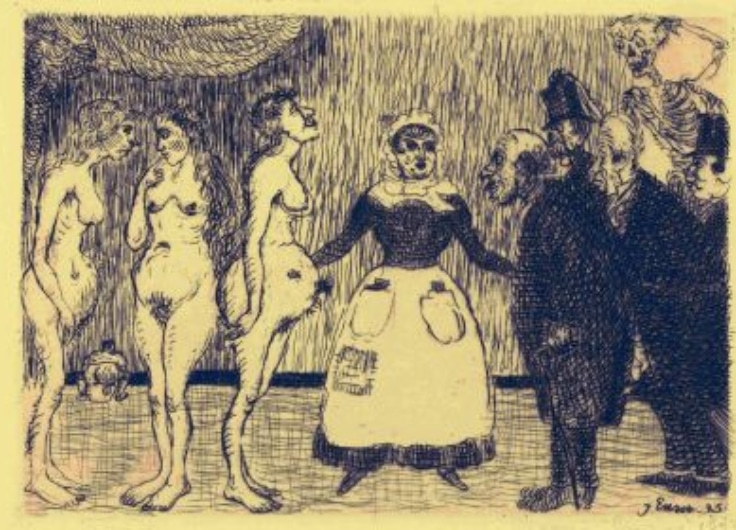Boijmans Acquires 16th-Century Book of Prints Filled With Fantastical Beings
A 16th-century book with 120 woodcut prints, Les Songes drolatiques de Pantagruel, has been added to the collection of Museum Boijmans Van Beuningen in Rotterdam. This fantastical work presents a catwalk of freaks: strange, hybrid beings that seem to have walked straight out of the grotesque works by Bosch or Bruegel.
With the support of Vereniging Rembrandt (in part from its Thematic Fund for the Middle Ages and Renaissance) and Stichting Lucas van Leyden, Museum Boijmans Van Beuningen has made a new acquisition in the form of a book of prints from 1565: Les Songes drolatiques de Pantagruel (The drolatic dreams of Pantagruel).
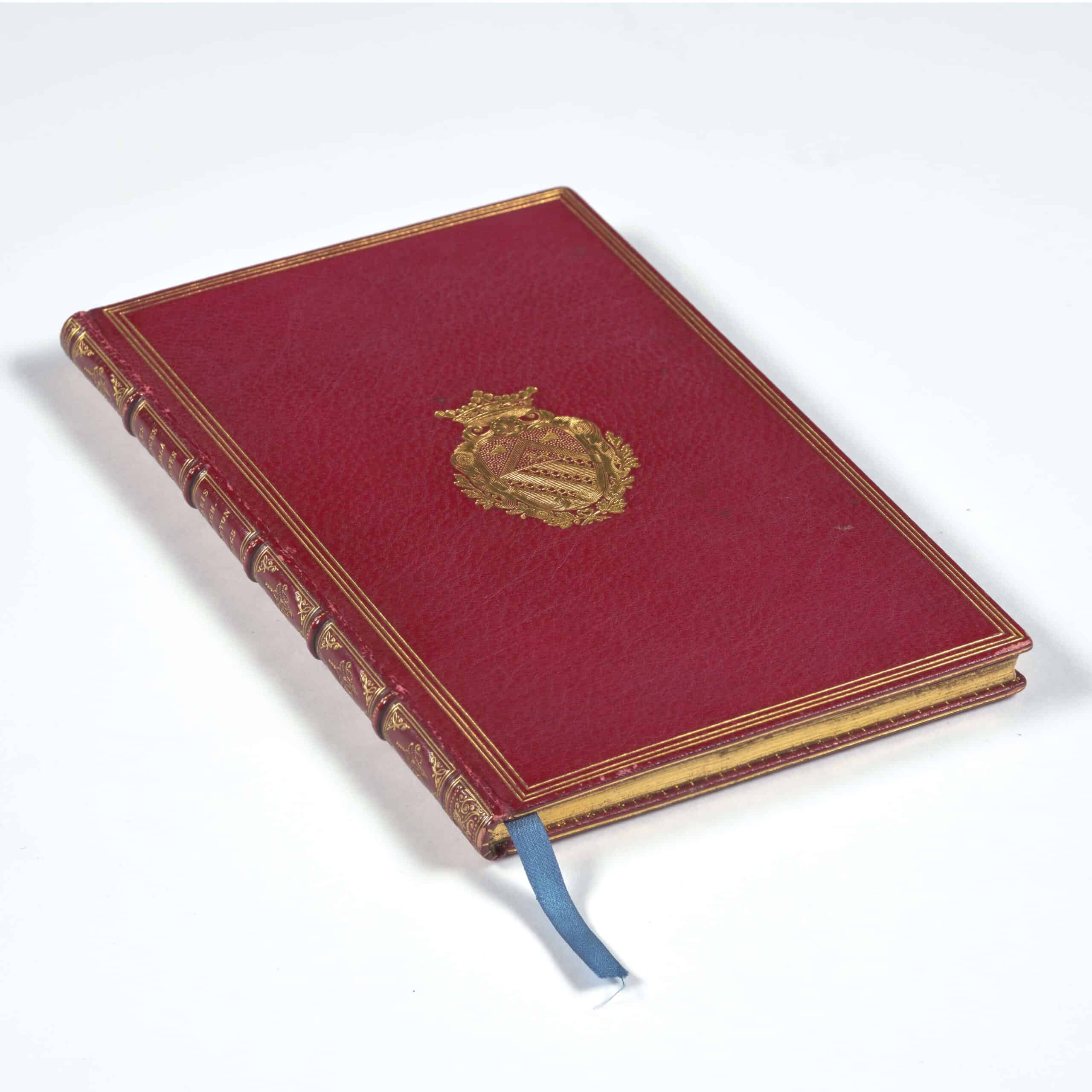 Les Songes drolatiques de Pantagruel, Collection Museum Boijmans Van Beuningen, Rotterdam
Les Songes drolatiques de Pantagruel, Collection Museum Boijmans Van Beuningen, Rotterdam© Museum Boijmans Van Beuningen / Photo by Studio Tromp
Boijmans is the only museum in the Netherlands to possess a sizeable collection of works by Bosch and Bruegel, as well as an international collection of Surrealism, so the book represents an intriguing link in that continuum. The Songes drolatiques can already be admired in the museum’s online collection; from this autumn it will be on show in the newly opened Depot Boijmans Van Beuningen as well.
Fusien Bijl de Vroe, Director of Vereniging Rembrandt: ‘This parade of fantastical creatures shows what happened when artists of the 16th century allowed their imaginations free rein. It is an acquisition that dovetails with the ‘fantastic’ tradition from Bosch and Bruegel through to Surrealism.’
Sjarel Ex, Director of Museum Boijmans Van Beuningen: ‘The Songes drolatiques is an exceptional acquisition for the Prints and Drawings collection, while also being an expansion of the vivacious art-historical context provided by our unique collection of surreal and fantastic art, from the late Middle Ages through to Dalí.’
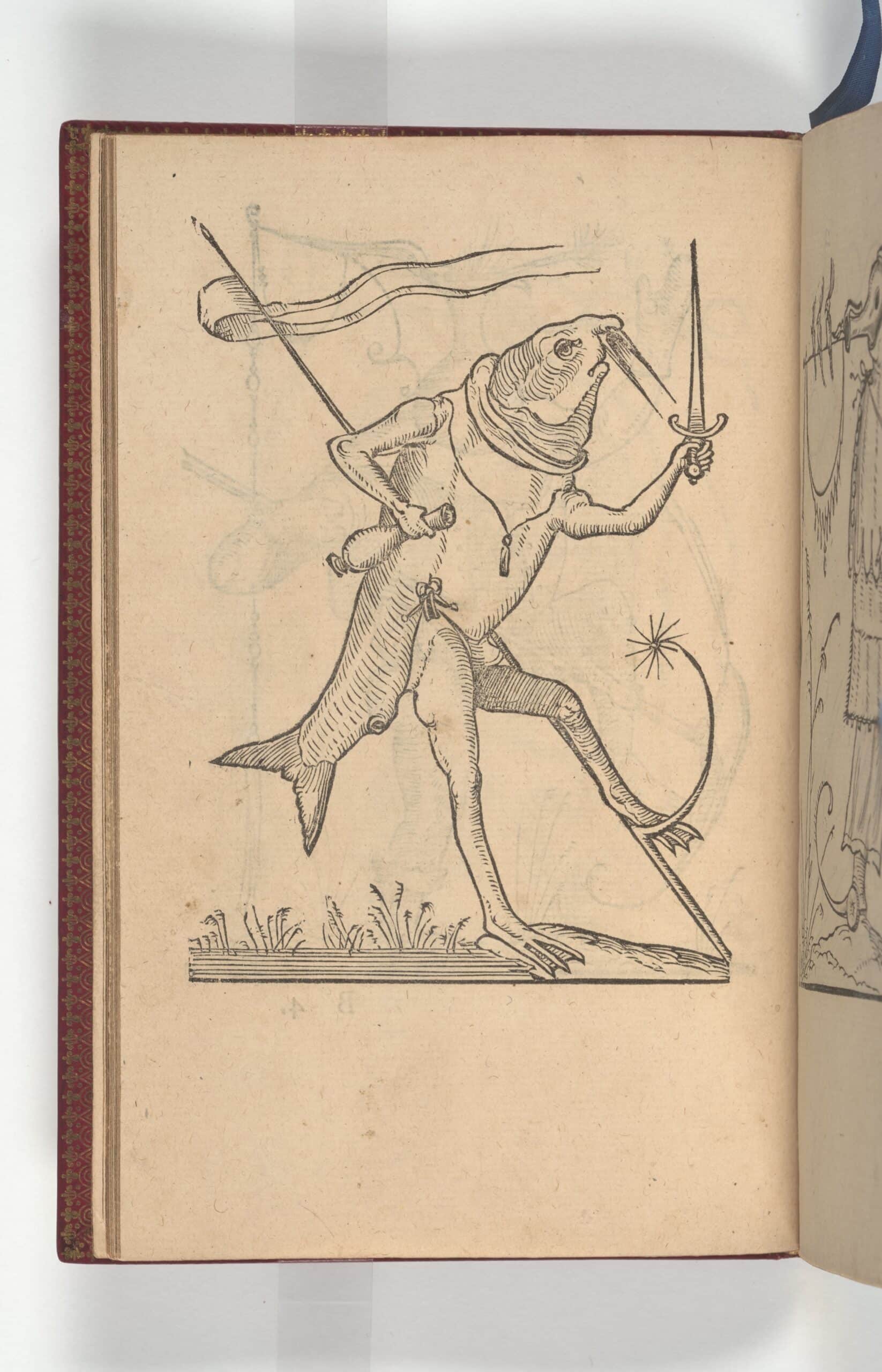
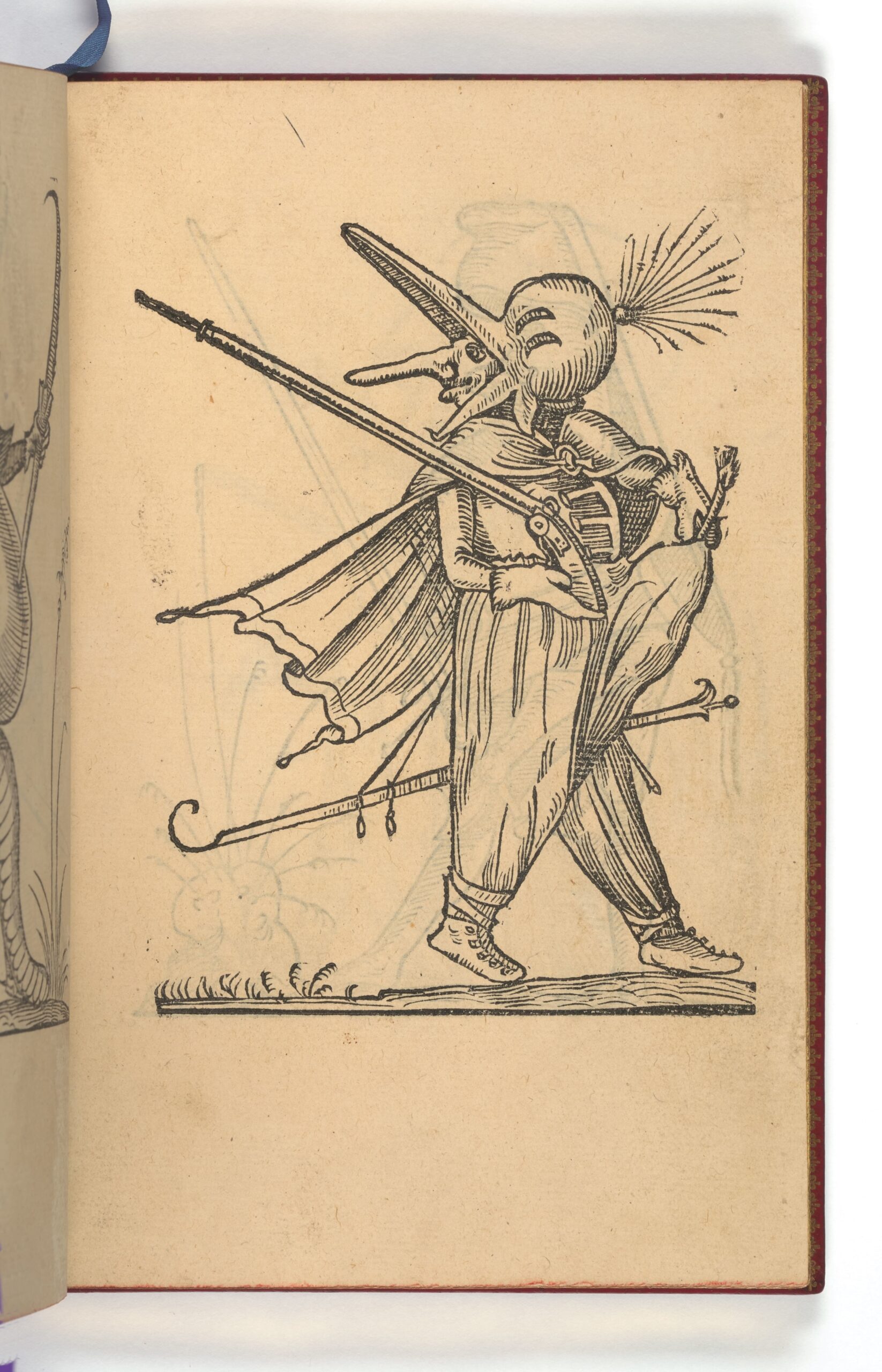 Les Songes drolatiques de Pantagruel, Collection Museum Boijmans Van Beuningen, Rotterdam
Les Songes drolatiques de Pantagruel, Collection Museum Boijmans Van Beuningen, Rotterdam© Museum Boijmans Van Beuningen / Photo by Studio Tromp
Potbellied or hunchbacked
Rabelais, Bosch, Bruegel, Dalí – these are the major figures with which Les Songes drolatiques de Pantagruel is associated. The publisher of this small book of prints, Richard Breton, already propagated this mythical status when he published the volume in Paris in 1565 as the ‘last work’ of the author François Rabelais, naming it after his bestseller about the giant Pantagruel. The Songes drolatiques contains 120 woodcuts, each page presenting a wildly different character: peculiar, hybrid beings, a combination of human and animal, insect, plant and object; potbellied or hunchbacked, with extraordinary noses, snouts, trunks or beaks.
These creatures immediately call to mind the hybrid freaks of nature of Jheronimus Bosch and Pieter Bruegel. Some of the themes are in fact directly borrowed from prints by Bruegel. The woodcuts are now attributed to the 16th-century Parisian designer and print publisher François Desprez.
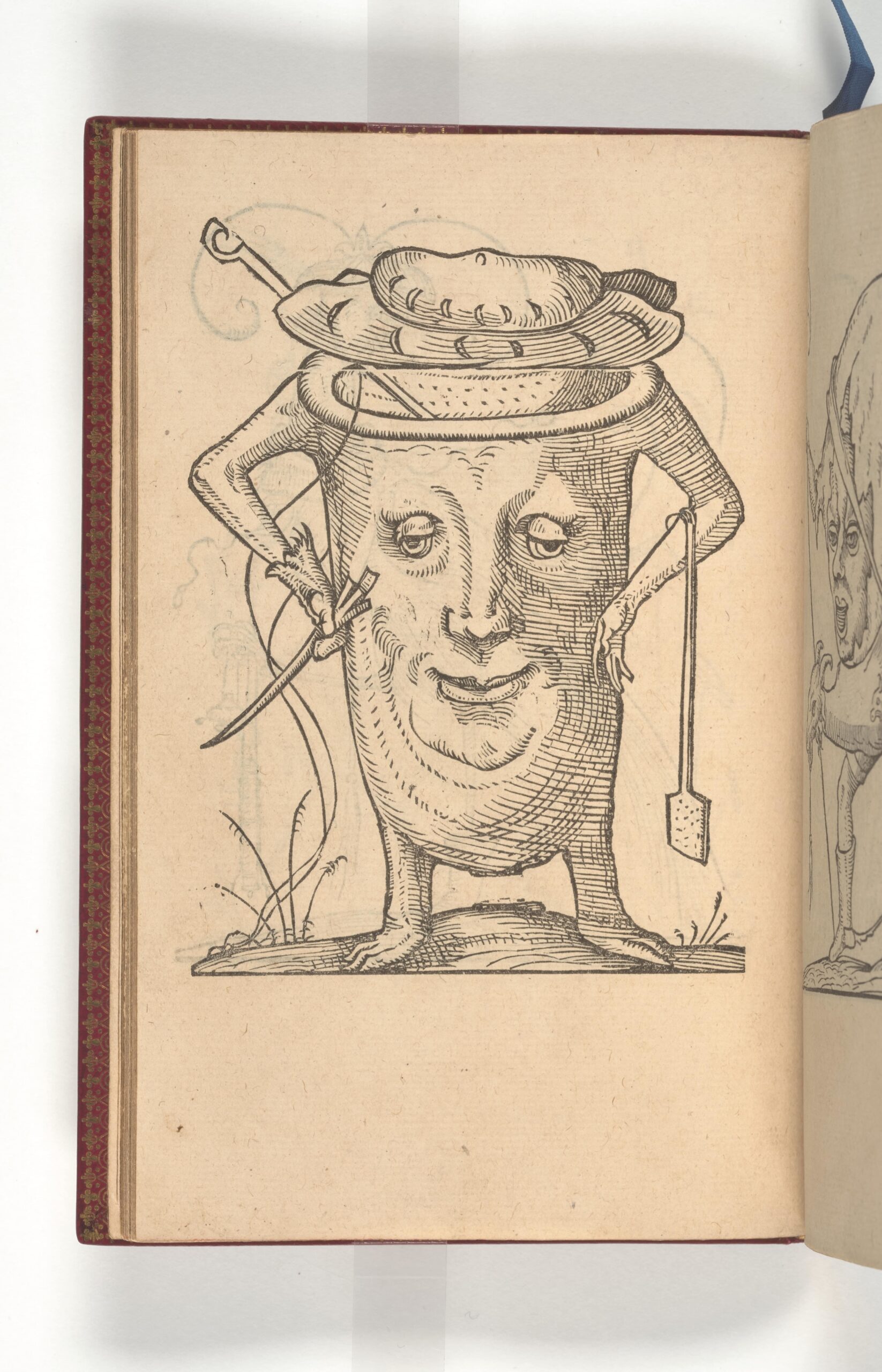
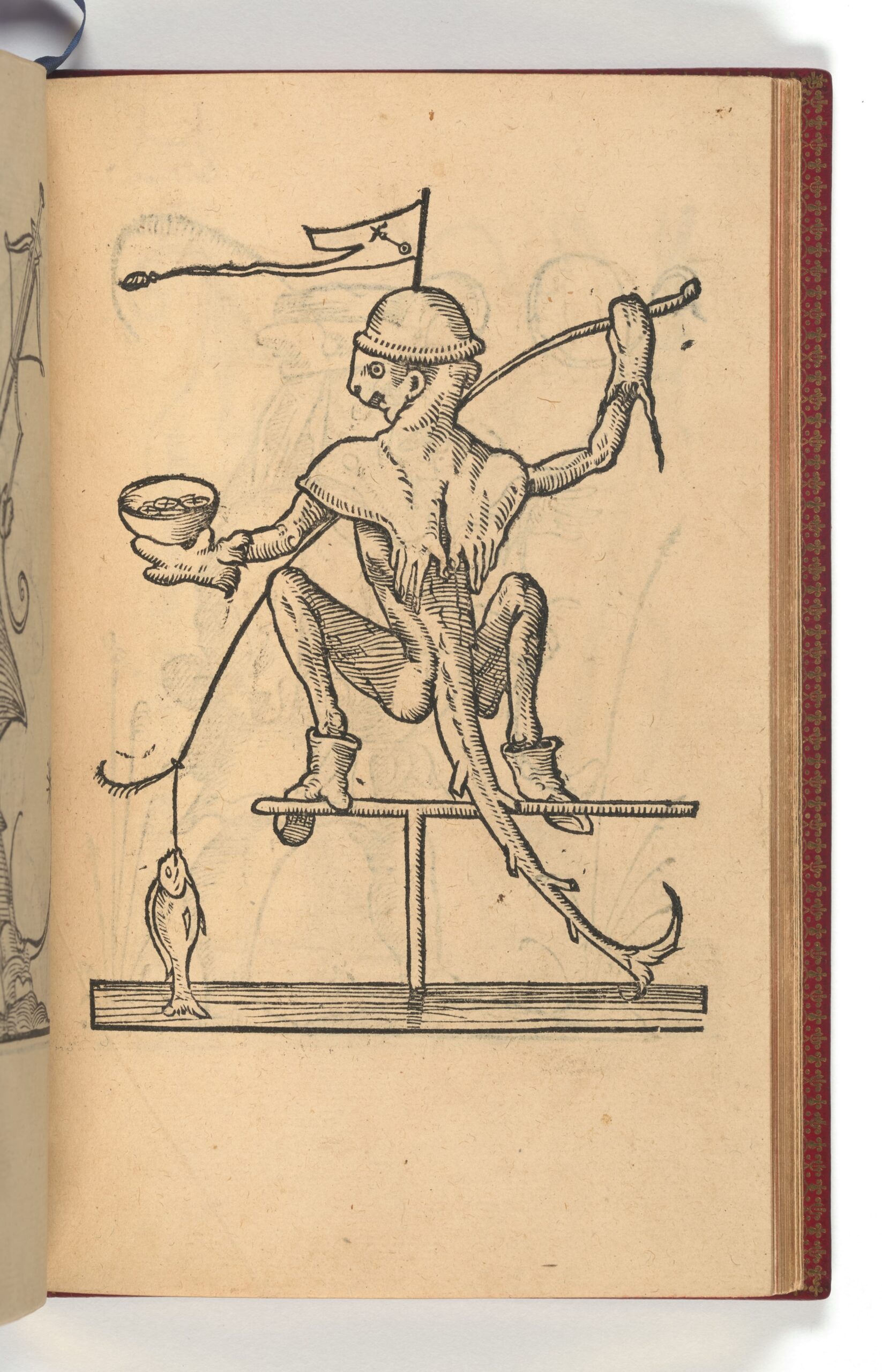 Les Songes drolatiques de Pantagruel, Collection Museum Boijmans Van Beuningen, Rotterdam
Les Songes drolatiques de Pantagruel, Collection Museum Boijmans Van Beuningen, Rotterdam© Museum Boijmans Van Beuningen / Photo by Studio Tromp
Collection of Surrealism
Since the 1960s Museum Boijmans Van Beuningen has been building on the only international collection of Surrealism in the Netherlands, with masterpieces by Salvador Dalí, René Magritte, Yves Tanguy and others. However, the museum regards the surreal to be much more than a neatly defined artistic movement; there are also works of art with surreal motifs from the past, such as the Songes drolatiques.
Facsimiles of the original Les Songes drolatiques de Pantagruel were published after its rediscovery in the nineteenth century. This is how the work came to the attention of the Surrealists, who discerned its like-minded congeniality. In 1973 Salvador Dalí created re-workings of these prints, already four centuries old, in the guise of a series of 23 lithographs.
The Songes drolatiques are thus a link in the continuum of fantastical art that extends from the late Middle Ages through to Surrealism and onward to its vital continuation today.
Publicly accessible art storage
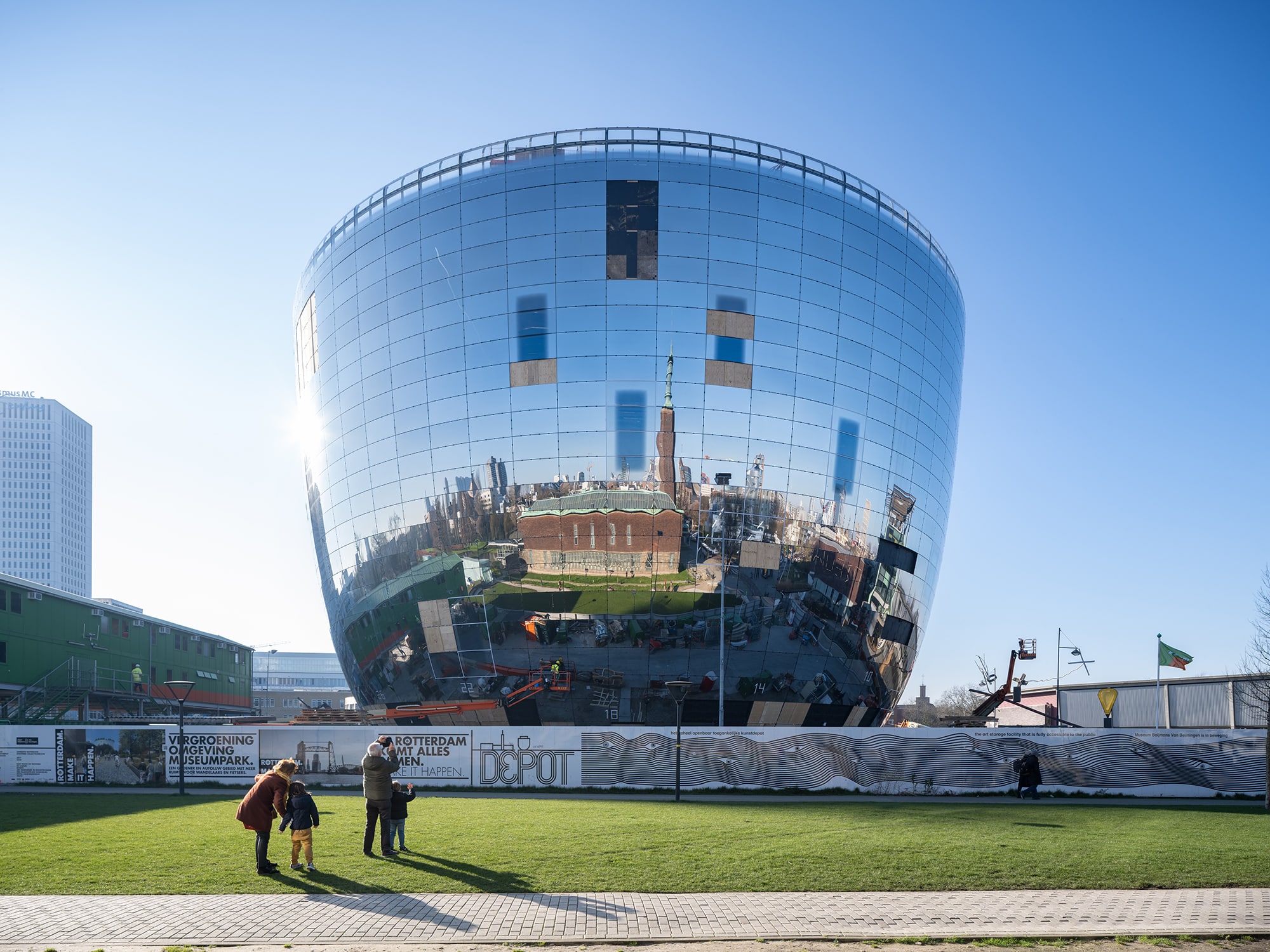 Depot Boijmans Van Beuningen
Depot Boijmans Van Beuningen© Photo by Ossip van Duivenbode
While the museum’s all-embracing renovation and refurbishment is underway, the collection remains visible in classrooms and at museums around the world. In the autumn of 2021, the collection will be reassembled in Depot Boijmans Van Beuningen, the world’s first publicly accessible art storage facility.
Here the visitor can become acquainted with the stewardship, study and restoration of the art collection with masterpieces that span across the history of Western art, applied arts and design, from the Middle Ages to the present. Opening up public access to the 151,000 or so artefacts in the Depot, an architectural icon designed by MVRDV, is bound to boost the allure of the Museumpark in Rotterdam as an international art platform.
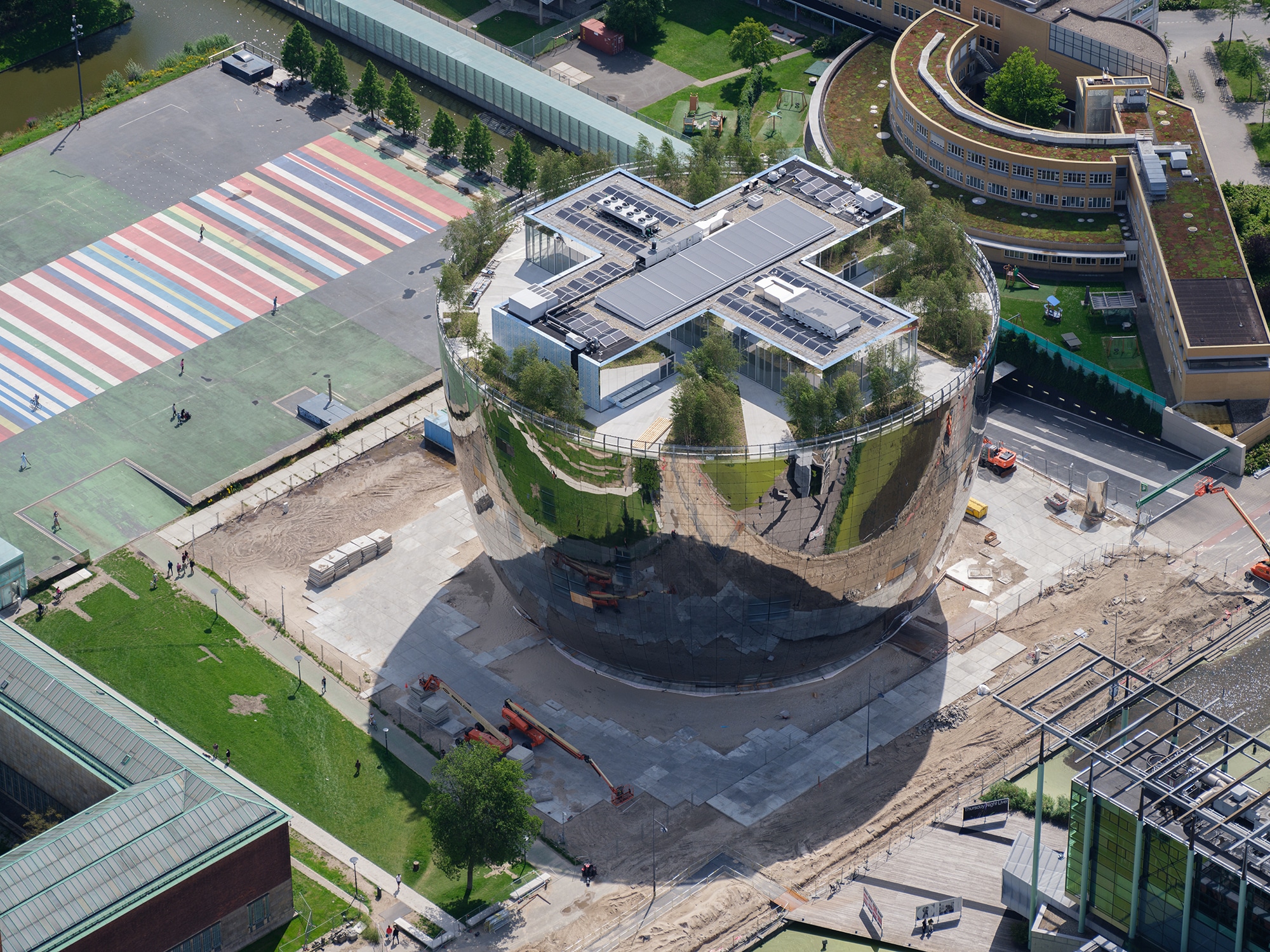 Depot Boijmans Van Beuningen
Depot Boijmans Van Beuningen© Photo by Ossip van Duivenbode



